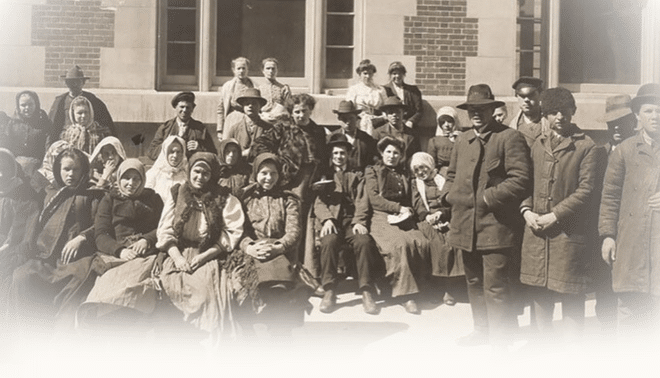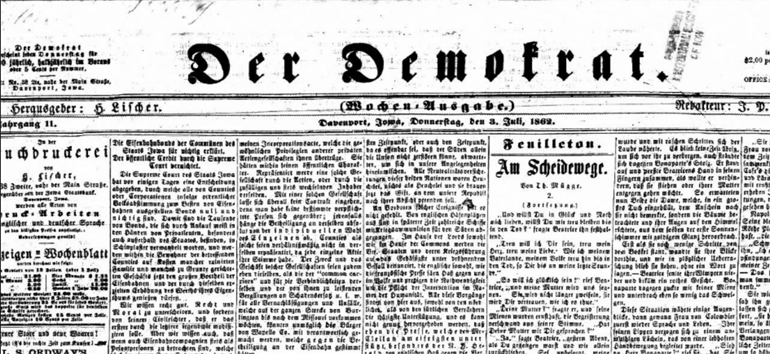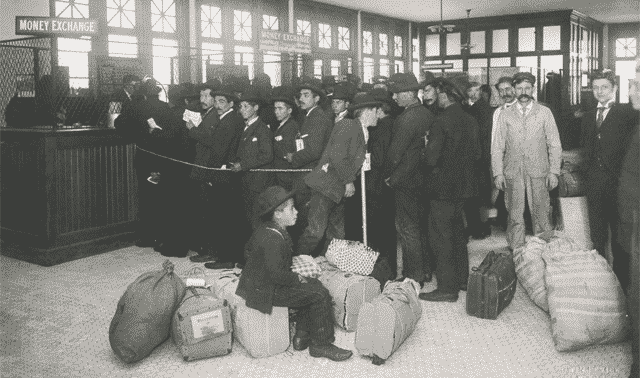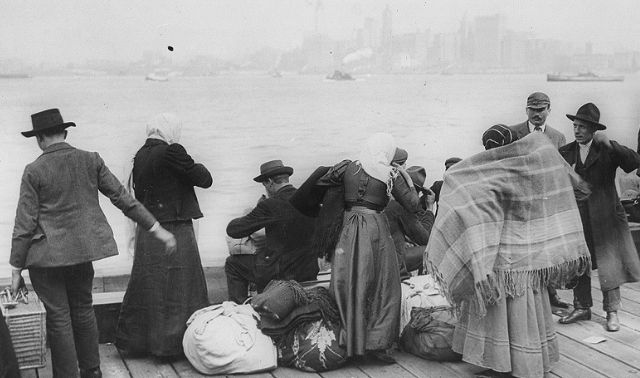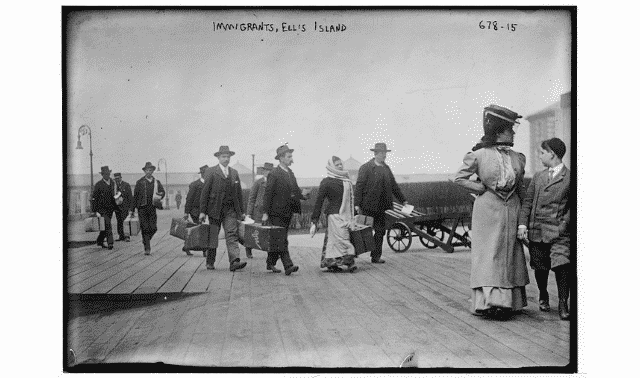Sign up for the Family Tree Newsletter! Plus, you’ll receive our 10 Essential Genealogy Research Forms PDF as a special thank you.
Get Your Free Genealogy Forms
"*" indicates required fields

America’s great era of immigration ended less than 100 years ago. For the vast majority of US residents, our ancestors came from other countries to find work, freely practice their religion, join family and friends already here, and escape danger back home.
In today’s national discourse about immigration, it’s often said that all our ancestors arrived from somewhere else, looking for a better life. That’s except for Native Americans, whose ancestors had been here for millennia, and African Americans, whose ancestors were forcibly brought here as slaves.
Responses to such reminders frequently include “My ancestors came here legally,” “They learned the language and became American” and “They didn’t take any handouts.” But these are myths, and here’s why.
Immigrant Ancestor Myth 1: “My ancestors came here legally.”
There was no legal (or illegal) immigration for most of US history. Until the late 1800s, anyone could step off a boat or across the border, no questions asked.
In 1882, the first federal immigration restriction targeted Asians. Only after 1891 were there brief medical inspections and questions to weed out immigrants with communicable diseases, anarchists and people judged “likely public charge.” Ellis Island, known for its inspections, opened Jan. 1, 1892.
But there were no background checks or visas, and no literacy requirement. Personal identification wasn’t necessary until the United States entered World War I in 1917.
This changed only after 1921, when Congress enacted the first immigration quotas based on numbers of US residents born in European countries. US embassies then began issuing visas overseas.
Immigrant Ancestor Myth 2: “They immediately learned English and assimilated.”
Immigrants didn’t shed their foreign identities the moment they stepped off the boat. Rather, they settled together with their countrymen in ethnic neighborhoods where everyone spoke the native language. That’s why today we have New York’s Little Italy, Cincinnati’s Over-the-Rhine and Chicago’s Andersonville.
Immigrants brought their foods, music, traditions and activities to their new homes. They published newspapers in their native tongues. (Ethnic and foreign-language newspapers are great resources for discovering villages of origin.) They founded their own churches and businesses, like the Irish Emigrant Society’s Emigrant Savings Bank and Cincinnati’s Western German Bank. German and Irish Catholics eschewed public schools in favor of their own, private schools.

Historical US censuses reveal whether a person spoke English or another language. A 2008 study of census and other records from historically German settlements in Wisconsin found that “German remained the primary language of commerce, education and religion well into the early 20th century. The study goes on to state that “some second- and even third-generation German immigrants who were born in Wisconsin were still monolingual in German as adults.”
A large number of immigrants didn’t bother assimilating because they intended to earn money in America and go back home. These “birds of passage” included more than half of southern Italians, 64 percent of Hungarians, 59 percent of Slovaks and 40 percent of Germans. Of course, many who planned to go home didn’t. Many who did return home came back and settled in the United States for good.
Immigrant Ancestor Myth 3: “They didn’t take handouts.”
Welfare as we think of it today didn’t exist for our ancestors. But other assistance was available: Immigrant aid societies and charitable organizations, including the YMCA, YWCA, Hebrew Immigrant Aid Society and Salvation Army, had representatives on Ellis Island. They helped new arrivals with funds, employment, living arrangements, transportation, education and more.
Such groups continued the assistance from offices in cities across the country. The Legal Aid Society, for example, began in 1876 in New York City as Der Deutscher Rechts-Schutz Verein (The German Legal Aid Society) to represent Germans against their employers’ corrupt labor practices. The Order Sons of Italy in America established orphanages and offered scholarships and death benefits.
And just like the native-born, immigrants accepted the services of county poor farms, state hospitals and other government organizations.
Why knowing the facts matters
We’re all prone to romanticizing our ancestry. But if we’re going to use feel-good myths to gloss over our ancestors’ actual experiences, why bother doing research? Genealogy is about getting as close as we can to what our ancestors’ lives were really about—and learning our true family history.
Last updated, Oct 2023

